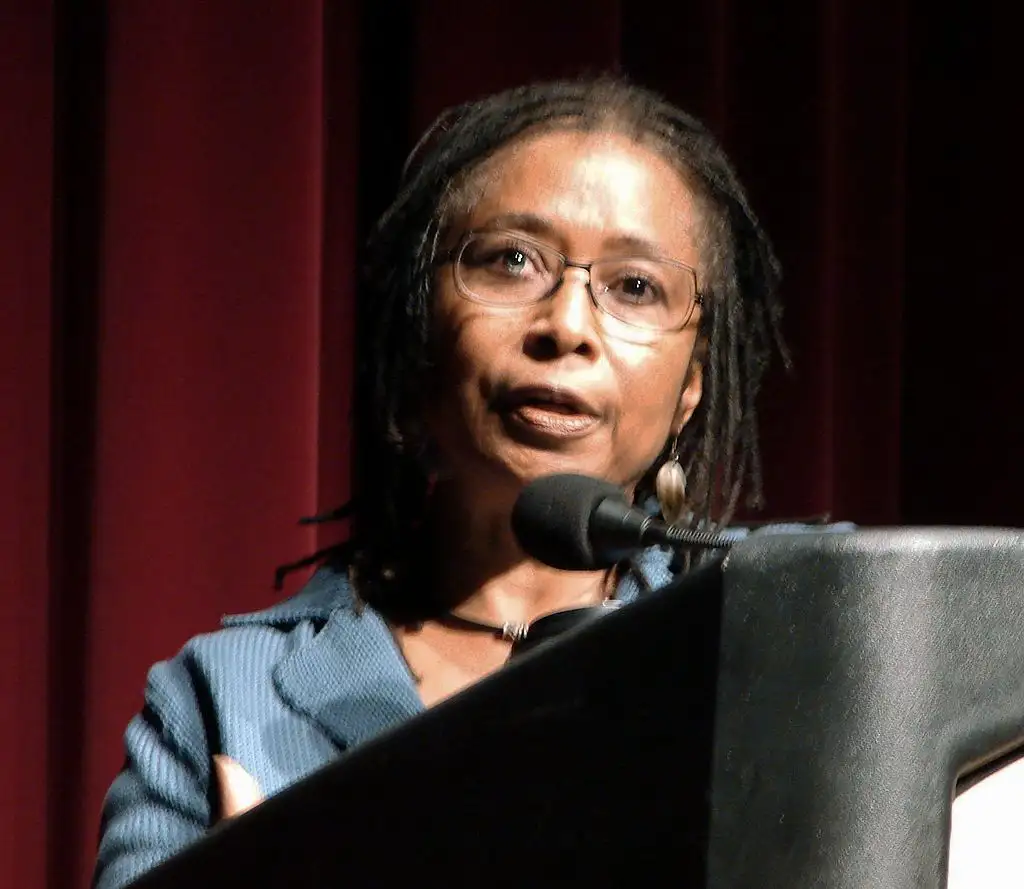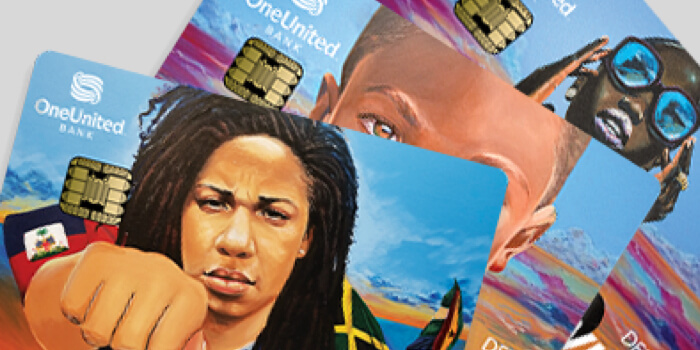Summary
Colorism, a global issue that disproportionately affects those with darker skin tones, undermines self-worth and wealth potential, especially for Black women. Rooted in the belief that fairer skin is more valuable, colorism has deep historical roots and continues to perpetuate inequality. Combating it requires promoting diverse representation, challenging biases, and educating young minds to dismantle harmful narratives for a more equitable society.
Colorism is a pervasive global issue that disproportionately affects communities with darker skin tones. The term has the power to affect self-worth and wealth potential, especially amongst Black women.
Let’s dive into the term’s history and learn how we can combat its harmful effects!

File:Alice Walker.jpg.” Wikimedia Commons, 1 Aug. 2023, 12:18 UTC, https://commons.wikimedia.org/w/index.php?title=File:Alice_Walker.jpg&oldid=788990037. Accessed 15 May 2024, 14:12.
Pulitzer Prize winner, Alice Walker, first coined the term, colorism, in 1982. Colorism stems from the belief that one’s value is tied to their proximity to fairer skin and it exists across various societies with social, economic, and political implications. During the colonial era, exploitation and systematic exclusion of nonwhite people rooted from the idea that darker skin inherently made others inferior. Today, this legacy lives on with apparent disparities within ethnic communities.
We must act early to eliminate these harmful narratives before they become rooted in the subconscious of young minds. Colorism perpetuates anti-Blackness and must be addressed with urgency!
Representation Is Key
The 1940s Clark Doll Study vividly demonstrates the significance of representation in media. In the study, a majority of the children favored the white doll, even if the child was Black. This study shines a light on the profound nature of societal bias on young minds. These negative perceptions continue to affect Black youth as they grow up.
Negative self-image is particularly damaging for young Black girls. The rest of the world imposes unwelcoming beauty standards with damaging effects, impacting their minds and livelihood. As explained by Margaret Hunter in “The Persistent Problem of Colorism: Skin Tone, Status, and Inequality”, skin tone is an important characteristic in defining beauty and beauty is an important resource for women. Beauty provides women with status that can lead to advances in jobs, housing, schools, and social networks.

Creating New Forms of Representation
Colorism within the Black community exists as a hierarchy based on skin tone, with darker-skinned Black people experiencing more discrimination than lighter-skinned Black people.
Additionally, colorism extends beyond the Black community, including the Latino and Asian communities, where lighter-skinned individuals of non-Black descent benefit from societal preferences, furthering disparities in opportunities and treatment. Social power is unevenly bestowed, but we have the power to break this cycle!
Although light skin talent still dominates casting choices, dark skin representation is on the rise in mainstream media. Marvel’s Black Panther features dominant roles for dark-skinned men and women and challenges narratives around Black power and Black wealth. The Little Mermaid live-action remake resonates profoundly with Black girls worldwide, highlighting the transformative influence of representation.
The Financial Impact of Colorism
Representation extends beyond media and influences aspects of the working world. In a pivotal study, researcher Matthew Harrison, a doctoral student from the University of Georgia found evidence suggesting a preference for lighter skin tones in job selection. This perpetuates an idea that lighter-skinned Black individuals are more akin to white people, making white employers more inclined to hire them.
Colorism not only affects access to opportunity but can also affect perceived value of work. A dissertation by Rhea Monet Perkins, “The Influence of Colorism and Hair Texture Bias on the Professional and Social Lives of Black Women Student Affairs Professionals,” found that “mean hourly wages rise as skin tone lightens, moving from $11.72 for dark-skinned blacks to $13.23 for blacks with medium skin shade. Light-skinned blacks report hourly pay of $14.72 and the average white respondent reports earning $15.94 per hour.”
The racial wage gap has a lifetime of consequences. In these disparities, we can see how Black wealth is being divided by colorism. A house divided against itself cannot stand. However, there’s several things we can do early on to combat colorism and fortify our house!

Ways to Combat Colorism
Influence Representation Early: The Clark Doll Study underscores the importance of exposing Black youth to examples of positive representation from an early age. Regardless of the detractors, continue to champion diverse representation in all forms of media and education!
History about the Global Majority is not taught equitably in traditional education, however, education transcends the classroom! Invest in exploring the biographies of historic Black figures and contemporary examples of Black excellence to foster Black youth’s full potential. Portrayals of Madame C. J. Walker and Sheila Johnson show Black youth that Black wealth is not limited by skin tone or gender.
Fight Bias: Colorism often seeps into our subconscious, perpetuating harmful effects. It’s important to check in with yourself and those around you for forms of bias. Participating in bias training workshops offers valuable tools for identifying and addressing biases, while resources like the Harvard’s Project Implicit, which offers an implicit bias test to enable your personal assessment and growth from home.
By collectively addressing societal and cultural colorism and empowering Black youth to pursue their aspirations, we can effectively combat forms of anti-Blackness!


















